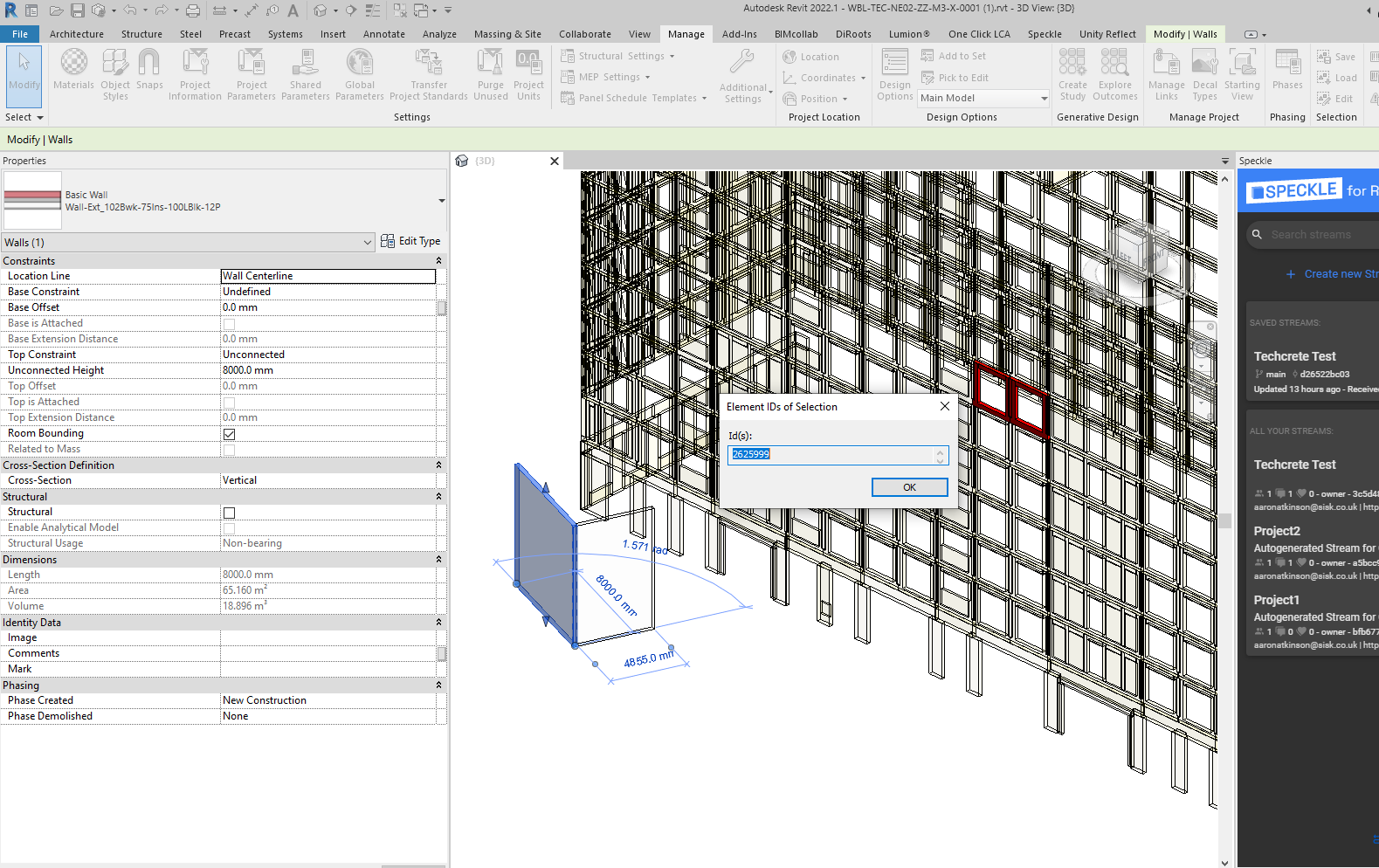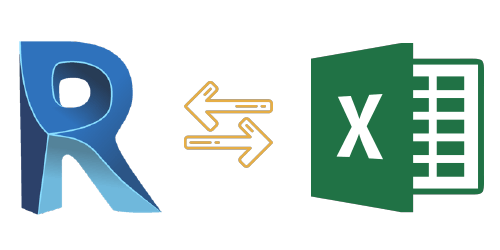Damaging Barriers: Excel Importation Techniques for Advanced Revit Users
Discover numerous data importation techniques and master Excel integration to improve your Revit modeling capabilities. With our tips and methods, you can conquer importation challenges and end up being a real expert in utilizing Excel for your Revit jobs.
Advanced Revit Users: Leveraging Excel for Importation
You can easily utilize Excel for importation as a sophisticated Revit customer. Excel is a powerful device that can significantly boost your workflow and performance in Revit. With its ability to manage huge amounts of information and execute complex computations, Excel can be a valuable possession in handling and arranging your project info.
One means to leverage Excel for importation is by making use of the "Web link Excel" feature in Revit. This function permits you to connect an Excel spreadsheet directly right into your Revit task, enabling you to update and integrate information in between both programs. When dealing with timetables or tracking adjustments in your project., this can be particularly helpful.
One more means to make use of Excel is by utilizing the "Import/Export" function in Revit. This function enables you to import and export information in between Revit and Excel, giving you the versatility to deal with information in both programs. You can import information from Excel into Revit to create aspects such as spaces, wall surfaces, or doors, and you can also export data from Revit to Excel for further analysis or coverage.

Exploring Data Importation Techniques in Revit Utilizing Excel
Checking out just how to import data from Excel right into Revit provides reliable techniques for incorporating details. When you import data from Excel, you can flawlessly transfer data such as area schedules, material lists, and equipment information into your Revit job. This process permits you to conserve time and initiative by staying clear of hand-operated information entrance.
To import data from Excel into Revit, you can utilize the "Import/Export" feature. This attribute allows you to map the Excel information fields to the corresponding Revit parameters, ensuring that the information is appropriately appointed within the design. By choosing the suitable import options, you can regulate just how the data is imported and how it communicates with your project.
An additional method for importing information from Excel into Revit is by making use of Dynamo. With Eager beaver, you can produce custom manuscripts that import data from Excel and control it within your Revit project.
Understanding Excel Integration for Advanced Revit Modeling
One vital technique is importing data from Excel spreadsheets straight right into your Revit version. With a few easy actions, you can map the Excel columns to the equivalent Revit parameters and import the data precisely.
An additional useful approach is exporting data from Revit to Excel. This allows you to remove information from your model, such as routines or material amounts, and assess it in Excel making use of formulas, charts, or other powerful tools. By leveraging the abilities of Excel, you can do intricate estimations, develop custom reports, and gain valuable insights into your job.
Along with information transfer, Excel assimilation can automate repetitive tasks in Revit. By creating macros or scripts in Excel, you can automate processes like creating views, creating sheets, or using basic households - revit tools. This not only saves time but also ensures consistency throughout your task
To understand Excel assimilation in Revit, it over at this website is critical to comprehend the information framework and just how Revit interacts with Excel. By familiarizing yourself with the available tools and techniques, you can open the full possibility of Excel integration and take your Revit modeling to the following degree.
Overcoming Importation Challenges: Excel Techniques for Revit Specialists
When conquering importation obstacles, it's crucial to be acquainted with effective Excel strategies that can benefit specialists in Revit. As an advanced Revit customer, you understand the value of seamlessly importing information from Excel right into your jobs.

Another click here to find out more beneficial strategy is utilizing the "Transpose" feature in Excel. This allows you to convert information from rows to columns or vice versa. When importing data right into Revit, this can be particularly practical when you have information in an upright format in Excel, yet you need it to be in a straight layout in Revit.
Additionally, making use of Excel solutions such as VLOOKUP and INDEX-MATCH can significantly aid in mapping data from Excel to Revit. These formulas enable you to look for details values in Excel and obtain equivalent information from another column. This can save you effort and time when importing huge datasets right into Revit.
Excel Information Importation Idea for Advanced Revit Users
By familiarizing yourself with efficient Excel tricks and tips, you can boost your data importation process as an innovative customer of Revit. In addition, utilizing Excel's "Paste Special" feature permits you to paste information from Excel into Revit while maintaining format, such as cell shade or font style. Another useful trick is to use Excel's "Change and find" function to quickly make changes to your data prior to importing it into Revit.
Final Thought
You have actually now learned beneficial techniques for importing data from Excel into Revit as an advanced individual. Go in advance, damage those barriers and succeed in your Revit projects!

When importing information into Revit, this can be specifically useful when you have information in an upright format in Excel, however you require it to be in a horizontal style in Revit.
In addition, utilizing Excel formulas such as VLOOKUP and INDEX-MATCH can greatly assist in mapping data from Excel to Revit. In addition, using Excel's "Paste Special" function permits you to paste data from Excel into Revit while preserving format, such as cell shade a knockout post or font design.